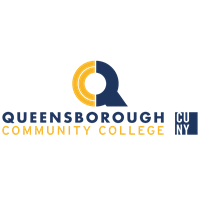Below is a summary of the abstract you submitted. Presenting author(s) is shown in bold.
If any changes need to be made, you can modify the abstract or change the authors.
You can also download a .docx version of this abstract.
If there are any problems, please email Dan at dar78@pitt.edu and he'll take care of them!
This abstract was last modified on March 17, 2023 at 8:53 p.m..

Bacteriophages are viruses that cause bacterial infections. They are found everywhere where bacteria reside. They can be used in phage therapy to treat antibiotic resistant bacterial infections in clinical settings and thus identifying and studying them is important. We adpted phage Trogglehumper and analyzed its genome. It was found in soil by Jaelin Roberts, a University of Maine Honors College student in 2018, and isolated from Rhodococcus erythropolis NRRL B-1574. Trogglehumper’s morphology is Siphoviridae. Siphoviridae is a family of double-stranded DNA viruses with long, noncontractile, thin tails. Trogglehumper has a genome length of 83592 nucleotides. We annotated and analyzed its genome using bioinformatics tools such as DNA Master, BLAST, Gene Mark, HHpred, TMHMM, phamerator and others. Trogglehumper is a singlet and shares very little similarity with other viruses in the database. It has 120 predicted genes, 66 of them have matches to genes in the database, most matches are with relatively low identity. 36 gene products have predicted functions. Trogglehumper share genes with Mycobacterium phages Niklas,Gordonia phage Gibles, Rhodococcus phage Finch, Rhodococcus Phage Grayson and various Rhodococcus species. Among the genes that Trogglehumper shares with other phages gp77 which is predicted to be RtcB-like RNA ligase and gp75 that is predicted to be DNA helicase stood out as a widely shared among diverse clusters. In the future we are planning to use AlphaFold to try to predict structures of many of the orphams found in Trogglehumper.
